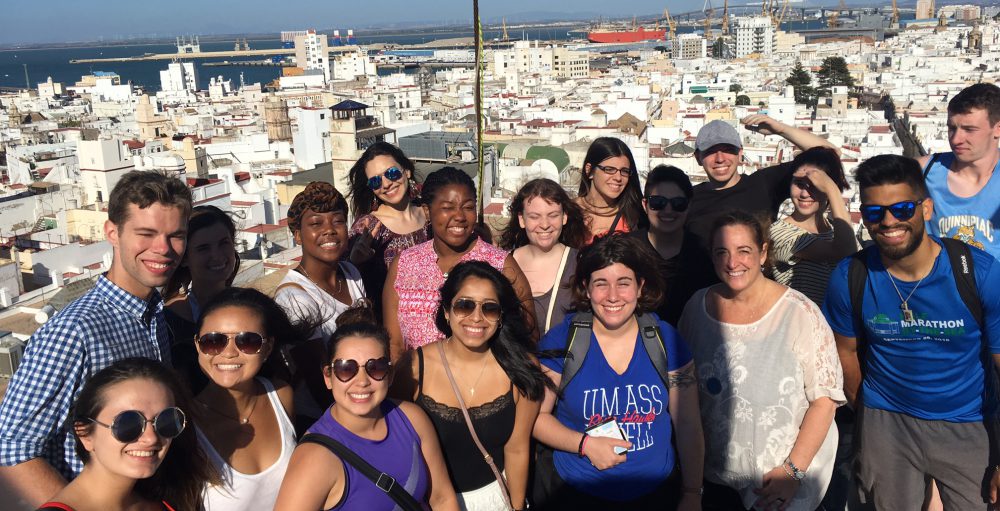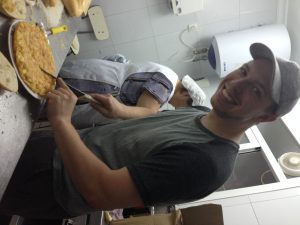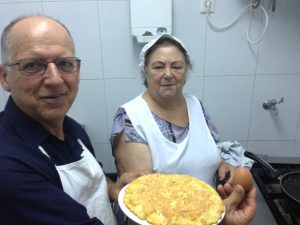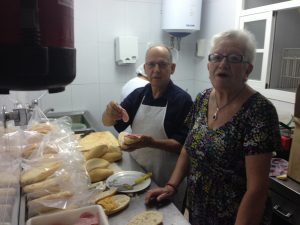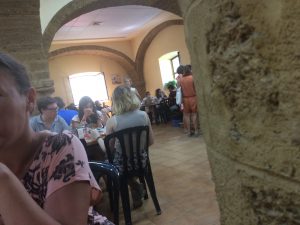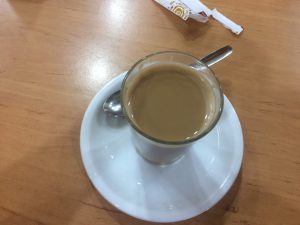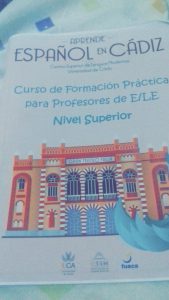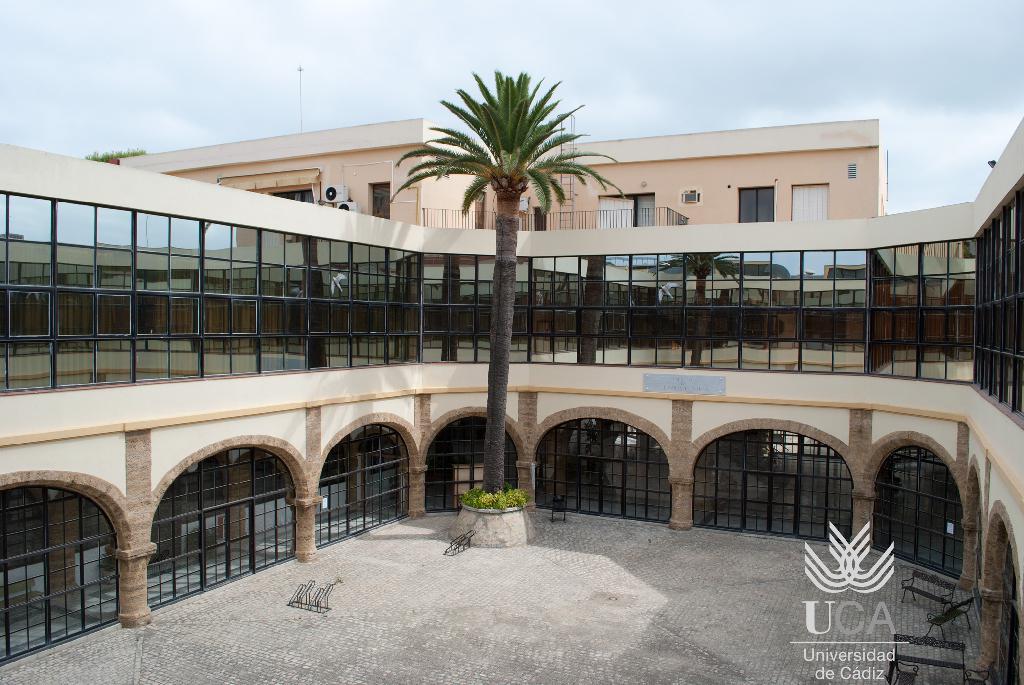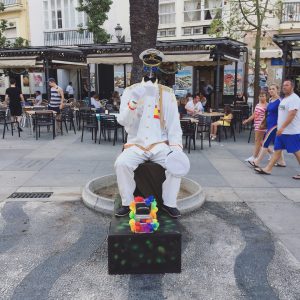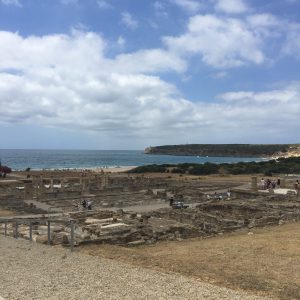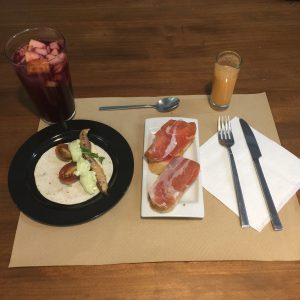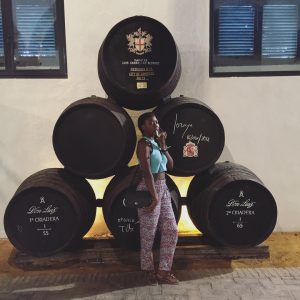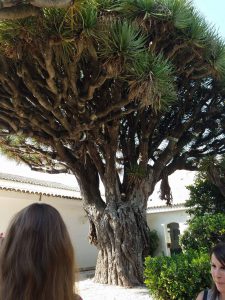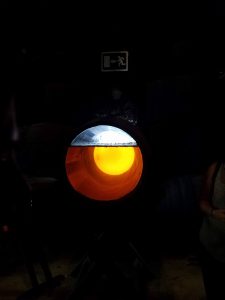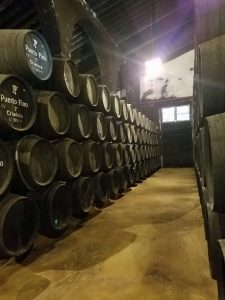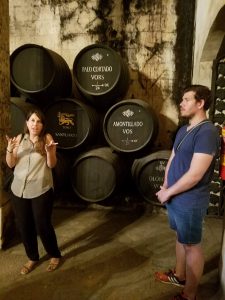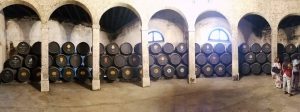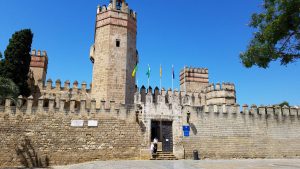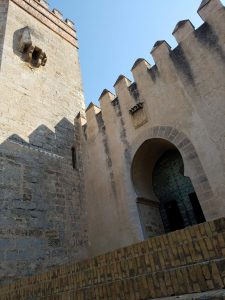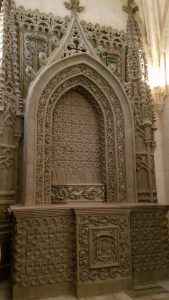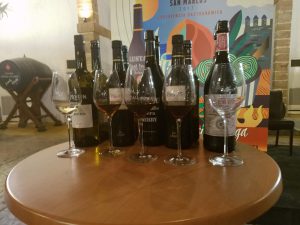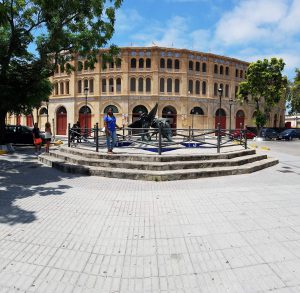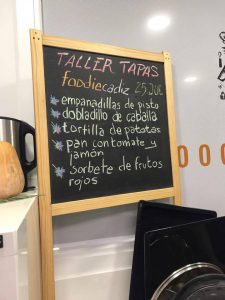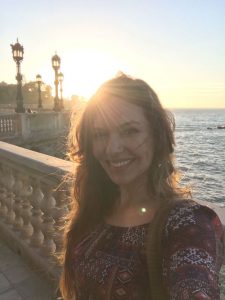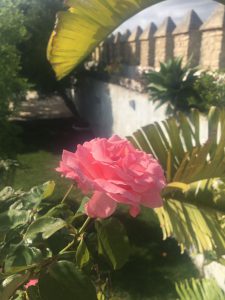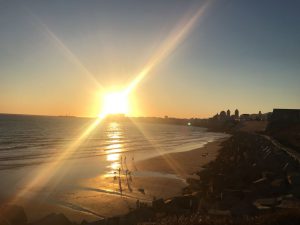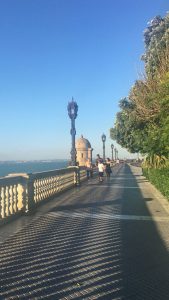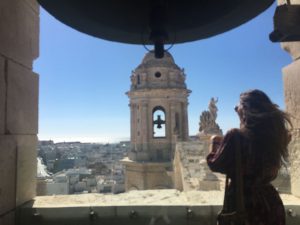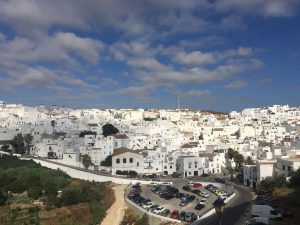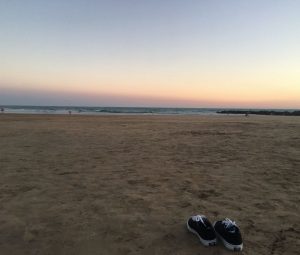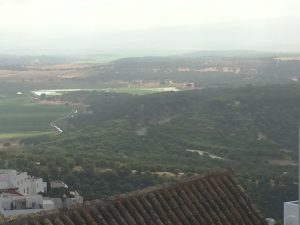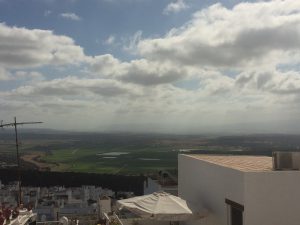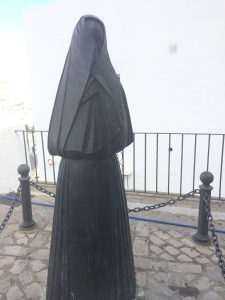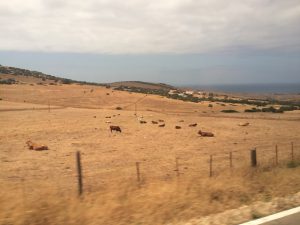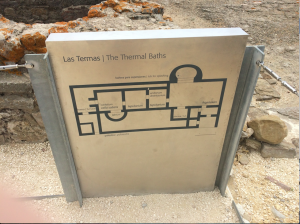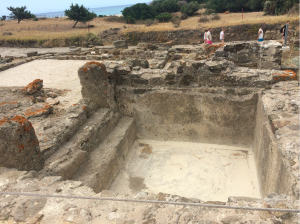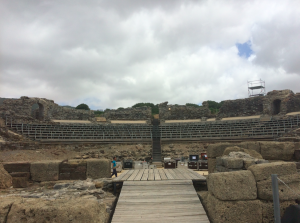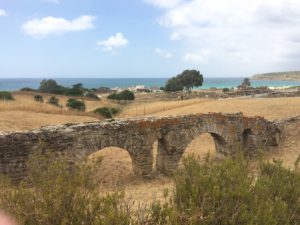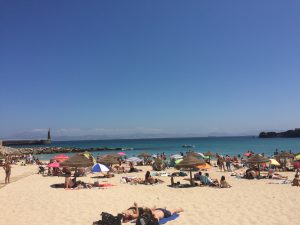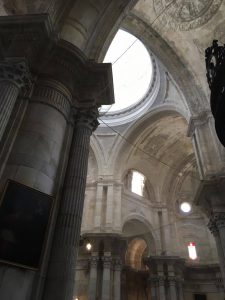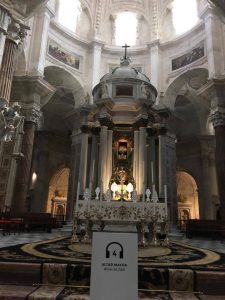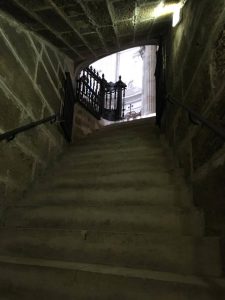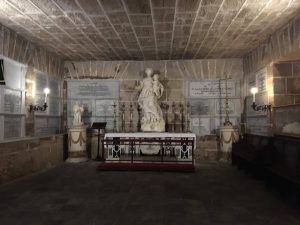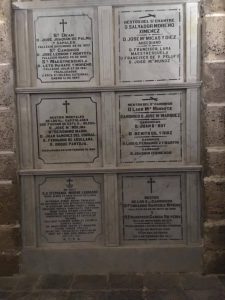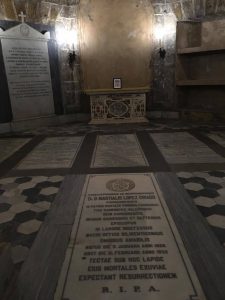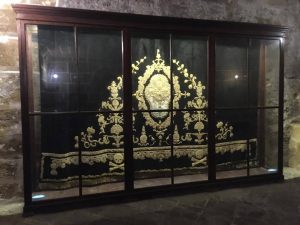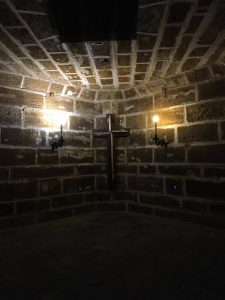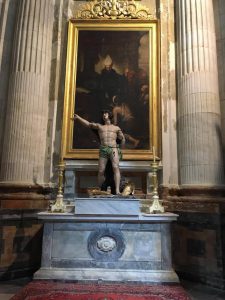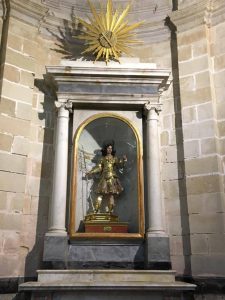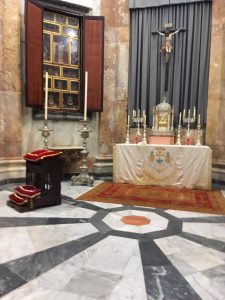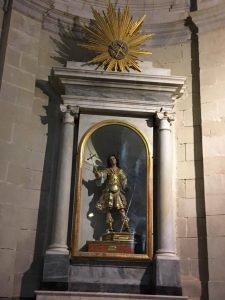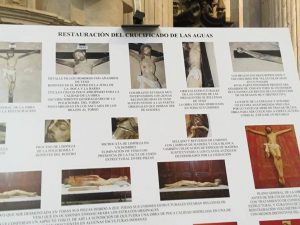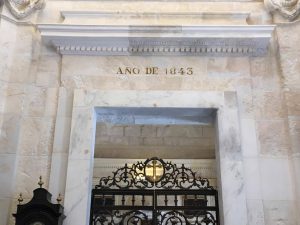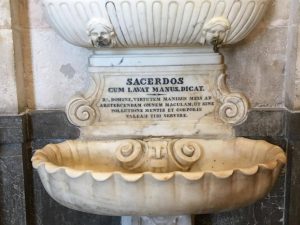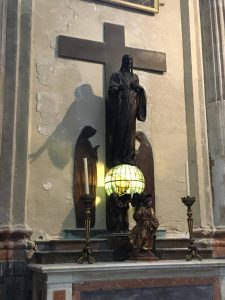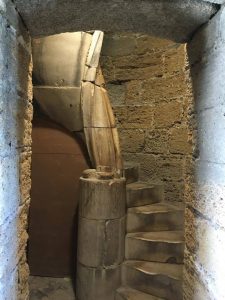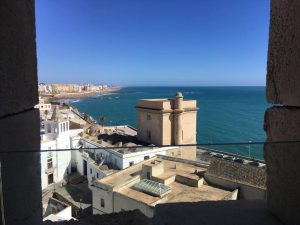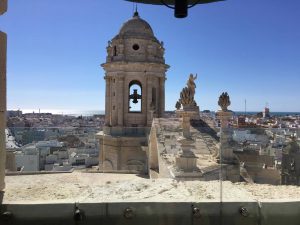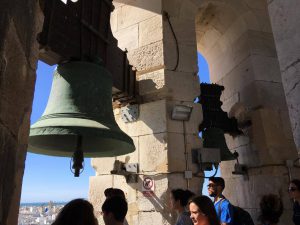The second of August, we had our final. I am also glad to say that I am pleased with my performance on the exam. Though we won’t know our scores until the following day, I think
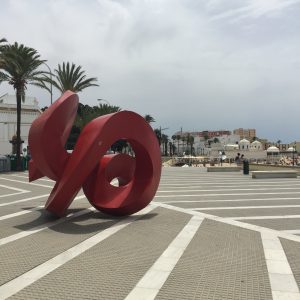
A piece of art found along side the beach La Caleta.
about all the information that I have been able to recall and the way that my knowledge of the Spanish language has grown. I cannot help but think of how satisfied I am with this experience and how it has helped me to become more understanding of yet another cultural. I made so many friends here in Cadiz; those who will remain solely in my memories and others who’s contact information I have taken down. During the trip, I have spoken all four of my languages within the city’s boundaries, I have stepped out of my comfort zone to butcher a foreign language, and I have allowed myself to harvest the full potential of the experience.
I took enough photos to fill an album, I shopped enough to start a new wardrobe, and I learnt enough Spanish to establish a momentum towards fluency. Three weeks do go by quickly.
I remember at the very beginning, arriving and meeting our host families. Then the following day, going to school and meeting our professors. At that time, I had so much trouble understanding them and now I’ve grown so accustomed to their accents. And of course, all
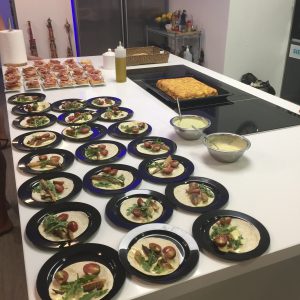
Making tapas.
of our excursions and activities, from the tours, to the towers, over to ancient roman ruins, wine tastings, and then to the kitchen to learn how to make tapas. Being a part of the additional class led to a higher level of cultural immersion. On top of the surrounding atmosphere, we touched upon the history of Spain and the way that this history has helped to form what is now contemporary Spain. Topics such as politics, economics, arts, culinary, and the environment.
Due to a background in economic studies, it was the state of the economy that intrigued me the most. In fact, the subject surrounding unemployment and its current results is was I find the most interesting of all. The unemployment rate is 18% but much higher for individuals under the age of 30. By having public and affordable schooling, many young adults prolong their studies. Unfortunately, even with advanced degrees, it is still very difficult for them to find jobs. This then forces these young adults to either accept underemployment or to seek employment in a fellow EU country. This is a very big issue that Spain is having now. A topic that I will try to challenge in a research paper that I will be writing, focusing on the economical state of Spain, both in the past and present.
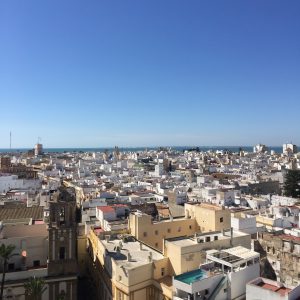
A sight from the Cathedral tower.
I wish I had more time to spend here; the last thing I want right now is to leave. Three weeks is an odd amount of time. It is too long to be considered just a vacation but then too short to get comfortable. By the time that I am entirely confident that I can effectively communicate with a Spanish speaker from the street, I am two days away from getting on a plane and flying over to France; a country who’s language I have forgotten trying to learn Spanish.
If I could change any part of this trip, the entirety of it, including France, I would have extended the dates a little bit more so that I could incorporate other destinations and turn it into a small tour. I really wanted to visit Barcelona, and possibly Madrid, among other European countries.
I think I might be addicted to traveling. No experience is like the next and I would like nothing more than to spend the rest of my days experiencing life.
